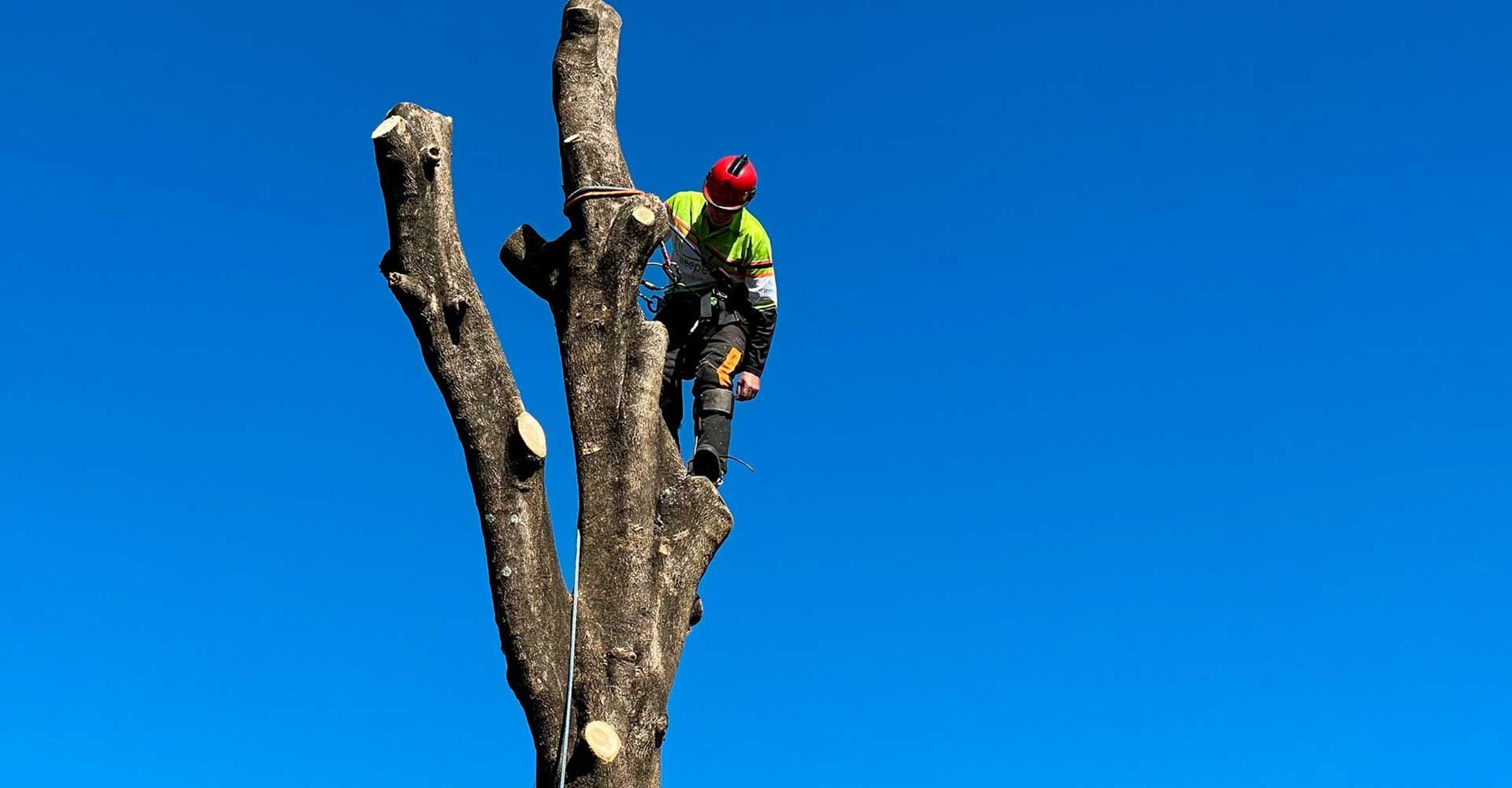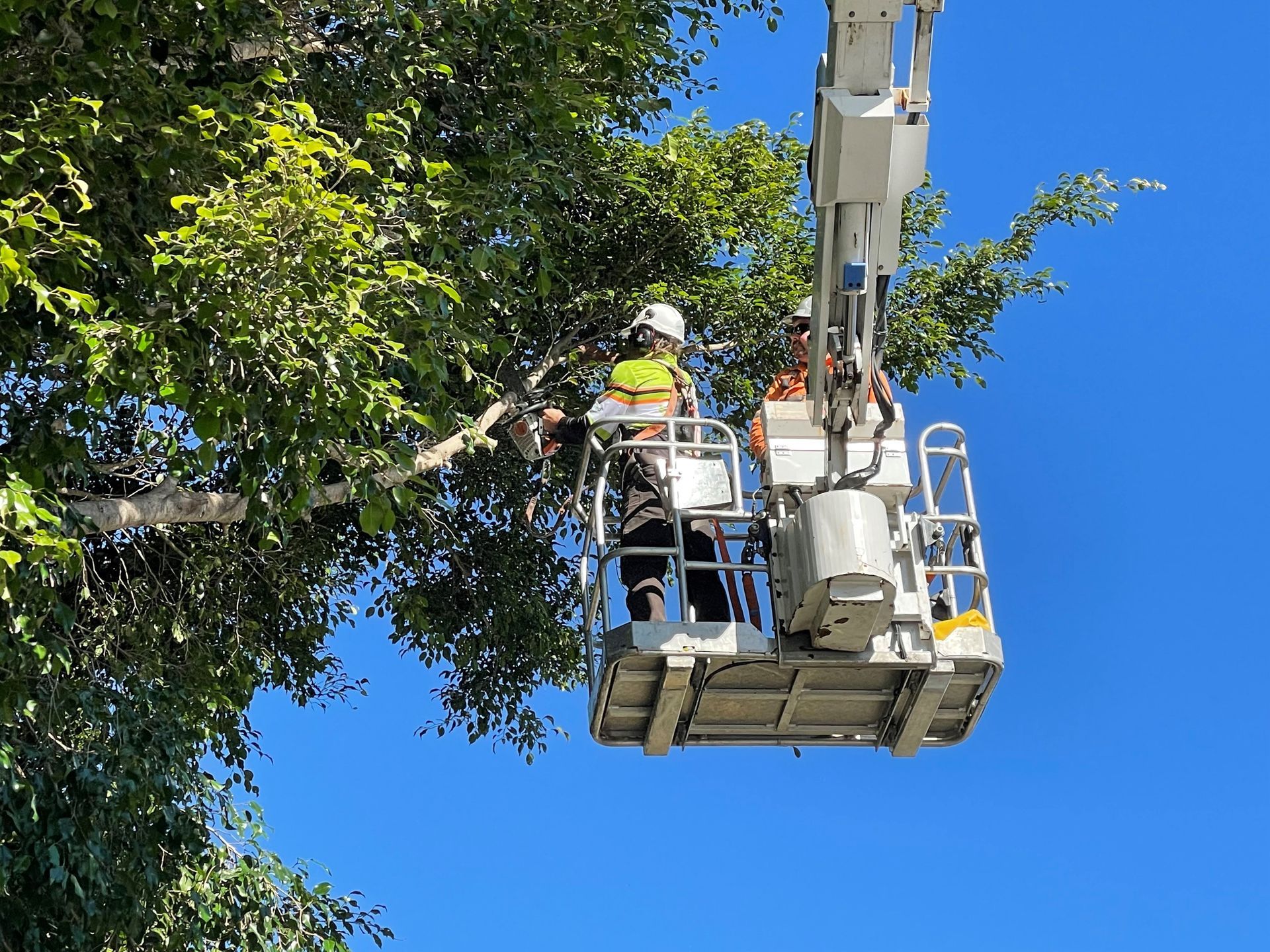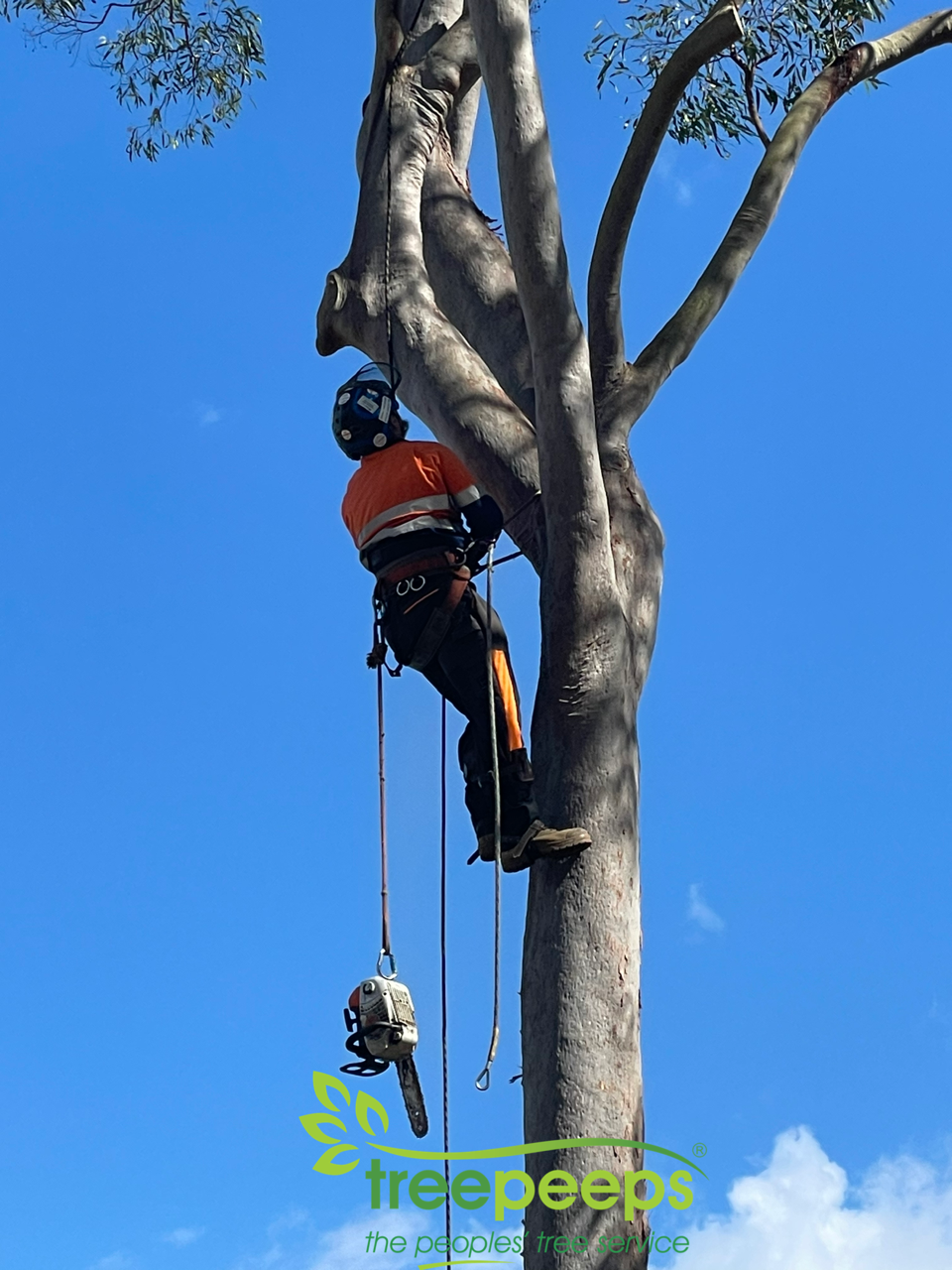Is Tree Lopping Bad for Trees?
Is Tree Lopping Bad for Trees? Understanding the Risks and Alternatives

Tree lopping, often misunderstood and misused, is a practice that can have significant negative effects on trees. In South-East Queensland, where trees are an integral part of the landscape, it's essential to understand the implications of tree lopping and why it might not be the best approach for maintaining healthy trees.
What is Tree Lopping?
Tree lopping involves cutting large branches or trunks from a tree, often without considering the tree’s natural growth patterns or overall health. This method is sometimes used to reduce the size of a tree or to remove parts that may pose a risk. However, the term "tree lopping" is often associated with haphazard cuts that are not aligned with proper arboricultural practices.
Why Do People Opt for Tree Lopping?
There are a few common reasons people choose tree lopping:
- Size Reduction: Homeowners may want to reduce the size of a tree to allow more sunlight into their gardens or to prevent the tree from obstructing views.
- Hazard Prevention: Large branches that pose a risk of falling during storms may be lopped to prevent damage to property.
- Cost: Tree lopping is sometimes seen as a cheaper, quicker solution than other tree care methods.
The Negative Effects of Tree Lopping
While tree lopping may seem like a quick fix, it can have long-lasting detrimental effects on the tree’s health:
- Stress and Shock: Lopping large sections of a tree can shock the tree, leading to stress. Trees respond to this kind of stress by rapidly producing new shoots, known as epicormic shoots, which are weakly attached and prone to breaking. This can lead to more safety concerns down the line.
- Increased Vulnerability to Disease and Pests: Lopping leaves large wounds on the tree, which can serve as entry points for pests and diseases. The tree’s natural defenses are compromised, making it more susceptible to infections that could potentially lead to its decline or death.
- Weakened Structure: The rapid growth of epicormic shoots after lopping may seem like the tree is recovering, but these shoots are often poorly attached to the tree and can break off easily. This makes the tree structurally unsound and more hazardous than before.
- Decay and Rot: The large cuts made during tree lopping do not heal properly and can lead to decay. Fungi and other pathogens can enter the tree through these wounds, causing internal decay that weakens the tree from within.
- Aesthetic Damage: Tree lopping drastically alters the natural shape and appearance of a tree. What was once a beautiful, well-formed tree can become a disfigured and unsightly structure, which may not be able to recover its original shape.
Alternatives to Tree Lopping
To avoid the negative consequences of tree lopping, it’s important to consider alternative methods that promote the health and longevity of your trees:
- Tree Pruning: Unlike lopping, pruning is a more precise and controlled method of trimming trees. Pruning involves selectively removing specific branches to improve the tree's structure, health, and appearance. It’s usually done with a clear understanding of the tree's growth patterns.
- Crown Reduction: If reducing the size of a tree is necessary, crown reduction is a better option than lopping. This technique involves carefully cutting back branches to reduce the tree's height or spread while maintaining its natural shape and health.
- Regular Maintenance: Regular tree maintenance, such as deadwood removal, thinning, and proper pruning, can help prevent the need for drastic measures like lopping. Regular checks by a certified arborist can keep your trees healthy and safe.
Why You Should Consult a Certified Arborist
Before making any decisions about lopping or pruning, it's advisable to consult with a certified arborist. Arborists are trained in proper tree care techniques and can recommend the best course of action for your specific situation. They understand the complexities of tree biology and can provide services that enhance the health and safety of your trees without causing harm.
Conclusion
Tree lopping is often a misguided practice that can do more harm than good. While it may seem like a quick solution to tree problems, the long-term effects on the tree’s health and safety are often negative. Instead of lopping, consider alternative methods such as pruning or crown reduction, and always seek the advice of a certified arborist.
If you're concerned about the health of a tree on your property or need expert advice on tree maintenance, the team at Treepeeps is here to help. Contact us today for a consultation. We offer professional tree services that prioritise the health and safety of your trees. If you are looking for a reliable tree lopping service Brisbane, contact us today for a FREE quote.
☎️ Phone: (07) 3910 3436
📧 Email: admin@treepeeps.com.au



